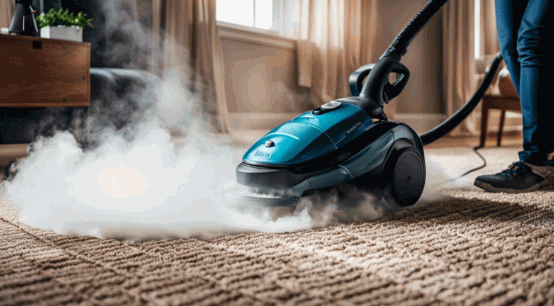Steam cleaning has become a popular method for maintaining a spotless and hygienic home, utilizing high-temperature steam to lift dirt, grime, and allergens from various surfaces.
What is steam cleaning, and how does it compare to traditional cleaning methods? This article explores the different types of steam cleaners, the mechanics behind their operation, and the wide range of surfaces and applications they can tackle.
It also discusses safety precautions to ensure effective cleaning without any risks. Whether you’re looking to freshen up carpets or tackle tough stains, this guide will help you understand steam cleaning.
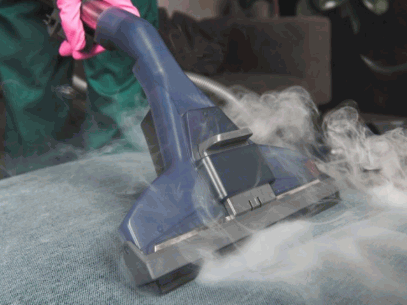
What Is Steam Cleaning?
Steam cleaning is an innovative cleaning method that utilizes the power of high-temperature steam to effectively remove dirt, allergens, and stubborn stains from various surfaces. This technique has gained popularity due to its ability to deep clean and sanitize areas that traditional cleaning solutions may miss, making it an ideal choice for households looking to maintain a clean and healthy environment. Notably, experts emphasize steam cleaning’s effectiveness in eliminating household bacteria and allergens, ultimately promoting a fresher living space.
Find out more: Best Way To Clean Laminate Floors
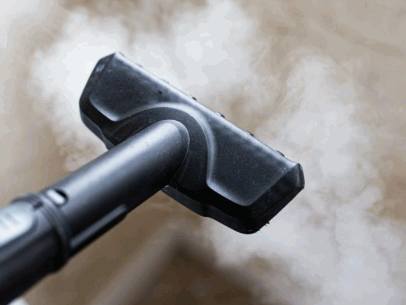
What Are The Different Types Of Steam Cleaners?
There are several types of steam cleaners available on the market, each designed for specific cleaning tasks and surfaces, including handheld steam cleaners, cylinder steam cleaners, and steam mops.
Each variety offers unique features and advantages tailored to various cleaning needs. For instance, handheld steam cleaners are compact and highly portable, making them ideal for quick touch-ups around the home, particularly in hard-to-reach areas.
On the other hand, cylinder steam cleaners come equipped with larger water tanks, enabling extended cleaning sessions in commercial spaces, while offering diverse attachments like brushes and nozzles for tackling everything from carpets to kitchen surfaces.
- Steam mops: Designed for flooring, these devices simplify chores by combining steam and cleaning pads to sanitize surfaces effortlessly.
- Multi-purpose attachments: From window squeegees to detail brushes, having the right accessory enhances overall flexibility and improves cleaning performance.
Whether used in residential settings or industrial environments, steam cleaners streamline the cleaning process by eliminating tough grime and allergens.
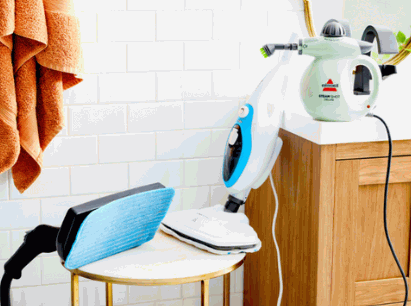
How Does Steam Cleaning Work?
Steam cleaning works by generating high-pressure steam that penetrates surfaces, effectively loosening dirt, grime, and mold bacteria while sanitizing the area without the need for harsh chemicals. This method utilizes the natural cleaning action of steam, making it an efficient way to deep clean various surfaces while promoting a healthier home environment.
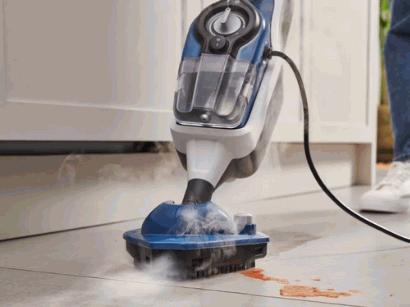
What Is The Process Of Steam Cleaning?
The process of steam cleaning involves several steps, starting with filling the steam cleaner’s tank with water, which is then heated to create high-temperature steam that is released through a nozzle, effectively targeting dirt and grime on various surfaces, including carpets and upholstery.
Once the tank is filled, the next phase involves allowing the water to reach its optimal temperature, which usually takes just a few minutes. While waiting, it’s wise to prepare the area by removing any loose debris and items that could obstruct the cleaning process.
This ensures the steam cleaner can reach every corner without hindrance.
When the steam reaches its peak heat, the actual cleaning begins. The operator moves the nozzle slowly across the surface, allowing the steam to penetrate deeply into fibers, breaking down stubborn stains, and sanitizing the area.
For tough spots, it may require a little extra attention, such as lightly agitating the surface with a brush.
After cleaning, the final steps are crucial. Allow the cleaned areas to dry completely, ensuring no moisture is trapped, which can lead to mold or odors.
The last touch involves emptying and cleaning the steam cleaner, readying it for its next use.
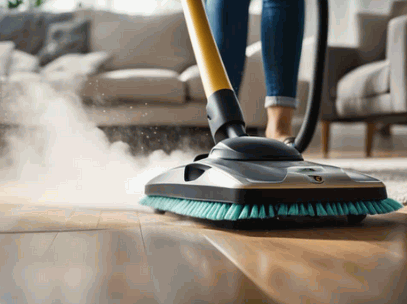
What Are The Benefits Of Steam Cleaning?
The benefits of steam cleaning are numerous, as it not only effectively removes dirt and stubborn stains but also features a sanitizing capability that eliminates up to 99.9% of household bacteria and allergens.
Along with its impressive cleaning power, steam cleaning is remarkably eco-friendly, relying on the natural cleansing properties of water instead of harsh chemicals. This makes it an ideal choice for those looking to maintain a healthy home environment, as it minimizes the use of toxic substances that can linger in the air and on surfaces.
The versatility of this method allows it to excel on a variety of surfaces, including carpets and upholstery, ensuring that every fabric is treated with care. Steam cleaning not only promotes cleanliness but also contributes to the longevity of your carpets and furniture by maintaining their integrity over time.
- Eliminates allergens, creating a safer space for allergy sufferers.
- Highly efficient, reducing cleaning time significantly.
- Leaves surfaces are sanitized without residual chemicals.
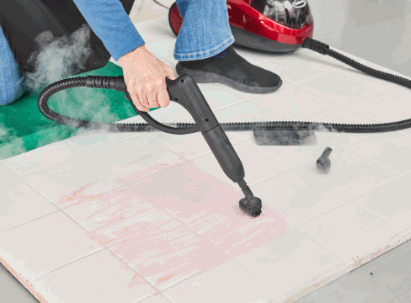
How Does Steam Cleaning Compare To Traditional Cleaning Methods?
When comparing steam cleaning to traditional cleaning methods, steam cleaning stands out for its ability to remove dirt and disinfect surfaces without the need for chemical cleaning solutions, making it a more environmentally friendly option.
This unique capability not only enhances the effectiveness of sanitation routines but also contributes to a healthier indoor environment. Steam cleaning utilizes high-temperature steam to penetrate surfaces, effectively eliminating bacteria, allergens, and dirt, making it an excellent choice for households with children or pets.
While its sanitization levels are impressive, it may not be suitable for all surfaces. Traditional methods, often reliant on household cleaners, are more versatile but less effective in terms of deep-cleaning capabilities.
Below is a breakdown of some of the advantages and disadvantages:
- Advantages of Steam Cleaning:
- Chemical-free, safer for health.
- Deep penetration for effective dirt removal.
- Disinfects and sanitizes simultaneously.
- Disadvantages of Steam Cleaning:
- Not suitable for all surfaces (e.g., unsealed wood).
- Requires a longer drying time.
- Advantages of Traditional Methods:
- Versatile across different materials.
- Quick application and drying.
- Disadvantages of Traditional Methods:
- May leave behind harmful chemical residues.
- Less effective in killing germs compared to steam.
Ultimately, the choice between these methods depends on the specific cleaning needs and surfaces involved.
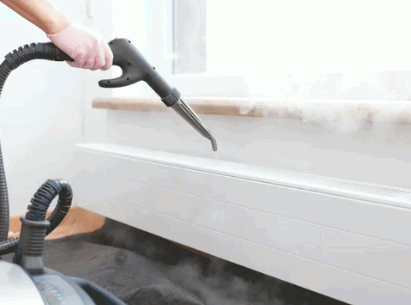
What Surfaces Can Be Cleaned With Steam Cleaning?
Steam cleaning is versatile and can be used on various surfaces, including hard surfaces such as tile and hardwood floors, as well as soft surfaces like upholstery and carpets, making it a popular choice for comprehensive cleaning solutions.
Can Steam Cleaning Be Used On Carpets And Upholstery?
Yes, steam cleaning is highly effective for both carpets and upholstery, as it can penetrate fabric fibers deeply, removing dirt, stains, and allergens that conventional cleaning methods might miss.
This process utilizes the power of high-temperature steam to dissolve tough grime, offering a level of cleanliness that is both impressive and essential for maintaining the integrity of fabric surfaces. For those who struggle with persistent stains—like red wine, pet accidents, or muddy footprints—steam cleaning presents a robust solution.
Along with stain removal, the heat generated during the steam cleaning process also helps to eliminate bacteria and dust mites, making it an ideal choice for households with allergies or sensitivities.
- Effective Dirt Removal: The high temperature of steam can lift even the most stubborn soil.
- Disinfecting Properties: Along with cleaning, steam kills harmful germs.
- Environmentally Friendly: This method often requires less detergent, making it a greener option.
Individuals seeking a thorough and safe cleaning solution will find that steam cleaning not only revitalizes their carpets and upholstery but also provides peace of mind regarding cleanliness and hygiene.
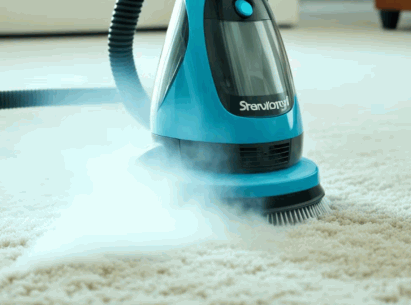
Is Steam Cleaning Safe For Hardwood Floors?
Steam cleaning can be safe for hardwood floors, provided that the steam cleaner is used correctly and the floor is sealed appropriately to prevent moisture damage.
When considering steam cleaning, it’s crucial to ensure that the hardwood is in good condition and properly sealed to withstand the heat and moisture from the steam. Before starting, check for any signs of wear or damage that might be exacerbated by the process.
Also, opting for a cleaner with adjustable steam settings allows for more control, which can enhance the safety of the procedure.
- Avoid soaking the floor with excess water.
- Use a microfiber attachment to trap dirt without scratching the surface.
- Limit the cleaning frequency to preserve the wood’s integrity.
By following these practices, homeowners can maintain the beauty of their floors while enjoying the cleanliness that comes with steam cleaning.
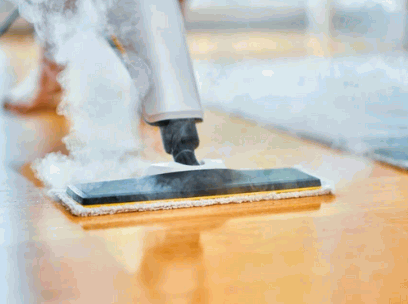
Can Steam Cleaning Be Used On Tile And Grout?
Steam cleaning is particularly effective on tile and grout, as the high-temperature steam can penetrate and break down dirt and mold bacteria that settle in grout lines, making it a superior choice for cleaning surfaces.
Using this innovative method offers a range of benefits that make the cleaning process not only efficient but also highly effective. The intense heat from the steam not only dislodges stubborn debris but also sanitizes surfaces, ensuring that harmful pathogens are eliminated in the process.
- Steam cleaners target embedded grime deep within the porous surface of grout.
- The results are often reflected in cleaner, brighter tiles that almost seem new again.
- This approach minimizes the use of harsh chemicals, making it more environmentally friendly and showcasing the sanitizing feature of steam cleaning.
With regular steam cleaning, one can expect improved longevity of tiles, preserving their aesthetic appeal and functionality for years. Ultimately, steam cleaning transforms the arduous task of maintaining tile and grout into a streamlined, effective solution that is both rewarding and satisfying.
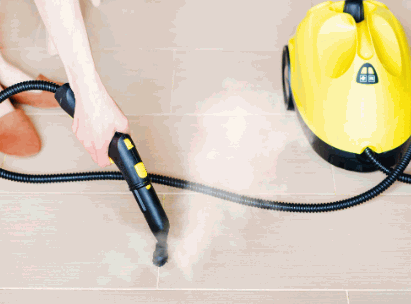
What Are The Different Uses For Steam Cleaning?
Steam cleaning has a wide range of applications beyond just cleaning surfaces; it can also be used for disinfecting areas, removing stubborn stains, and even killing pests such as bed bugs, making it an effective way to maintain a clean home with clean carpets and upholstery cleaning options.
Can Steam Cleaning Be Used For Disinfecting?
Absolutely, steam cleaning is an effective way to disinfect surfaces, as the high-temperature steam can kill up to 99.9% of household bacteria and germs.
Not only does this method eliminate harmful pathogens, but it also leaves surfaces sanitized without the need for harsh chemicals. Steam cleaning works by using pressurized steam that reaches temperatures around 200°F, effectively penetrating porous surfaces and destroying dirt and grime. This process is particularly beneficial for various types of surfaces. Consider the following:
- Hard Floors: Tile, laminate, and hardwood can be revitalized.
- Upholstery: Fabrics on sofas and chairs can be deep cleaned.
- Kitchen Appliances: Ovens and microwaves respond well to steam cleaning.
Utilizing this efficient technique not only supports a healthier home environment but also extends the life of your surfaces, making it a smart choice for homeowners.
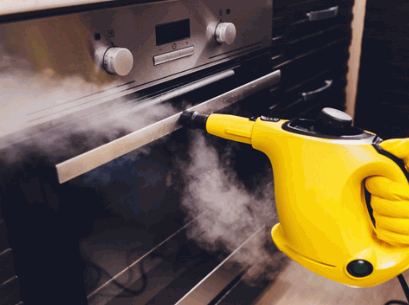
Can Steam Cleaning Be Used For Removing Stains And Odors?
Steam cleaning is an effective way to remove stains and odors from carpets and upholstery, as the steam penetrates the fabric and loosens even the most stubborn contaminants.
This method not only ensures a deep clean but also rejuvenates the material, giving it a fresh appearance. By utilizing high-temperature steam, it effectively breaks down proteins and grease, making it especially beneficial for tough stains such as in commercial cleaning settings:
- red wine
- pet urine
- grease splatters
- food spills
To maximize results, the following tips can be incredibly helpful:
- Always pre-treat stains before steam cleaning.
- Use a steam cleaner designed specifically for carpets and upholstery.
- Keep the steam cleaner at a consistent speed to ensure even cleaning.
- Consider using a cleaning solution specifically formulated for steam cleaning.
With these strategies in mind, it’s clear why steam cleaning is highly regarded for tackling both stains and odors effectively.
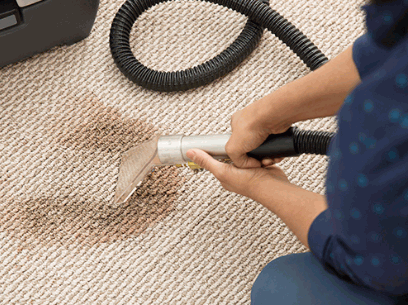
Can Steam Cleaning Be Used For Killing Bed Bugs And Other Pests?
Yes, steam cleaning can be used for killing bed bugs and other pests, as the high temperatures are lethal to these unwanted invaders, making it an effective way to treat infestations. By utilizing the strength of superheated steam, individuals can target hidden crevices and fabrics where these pests often reside.
Employing steam cleaning as a pest control method provides not only a chemical-free approach but also an eco-friendly solution to tackle such infestations. Here’s how to effectively apply steam cleaning for battling bed bugs:
- Preparation: Clear the area of any clutter, ensuring you have access to furniture and bedding where bed bugs may be hiding.
- Equipment: Utilize a steam cleaner that reaches at least 160°F, ensuring the steam can effectively kill bed bugs in all life stages.
- Application: Focus on seams, folds, and cracks in furniture and mattresses, applying steam slowly to ensure thorough penetration.
- Follow-up: Allow treated areas to dry completely and monitor for any remaining signs of activity.
This method not only aids in immediate pest elimination but also discourages future infestations, making it a valuable technique in comprehensive pest management strategies, especially when using specialized cleaning equipment.
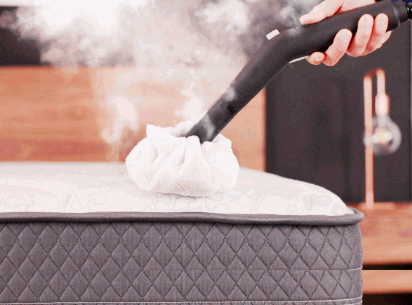
What Are The Safety Precautions For Steam Cleaning?
While steam cleaning is an effective way to maintain cleanliness, it is essential to follow safety precautions to mitigate risks such as burns or damage to surfaces.
What Are The Potential Risks Of Steam Cleaning?
The potential risks of steam cleaning include burns from hot steam, damage to delicate surfaces, and improper use that may lead to ineffective cleaning.
These hazards are particularly concerning when one considers the sheer power and intensity with which steam is expelled. For instance, steam cleaning equipment can reach temperatures over 200 degrees Fahrenheit, making accidental contact painful and dangerous. To mitigate such risks, it’s crucial to take specific precautions:
- Always wear protective gear, such as gloves and goggles, to shield against unexpected splashes.
- Test the steam cleaner on a small, inconspicuous area before applying it to larger surfaces, especially for delicate materials like upholstery or wood.
- Ensure that pets and children are kept at a safe distance during the cleaning process.
Being aware of these potential dangers and implementing safety measures can significantly enhance the steam cleaning experience.
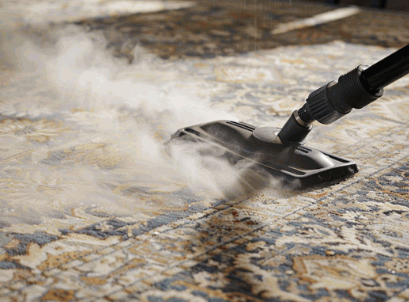
How Can You Ensure Safe And Effective Steam Cleaning?
To ensure safe and effective steam cleaning, including the use of cleaning attachments for various surfaces, it is important to read the user manual, test the steam cleaner on a small area first, and follow recommended guidelines for different surfaces.
Understanding the nuances of your machine can significantly influence the outcome, thus reducing the risk of damage or injury. Here are some practical steps to consider:
- Regularly check the steam cleaner’s components for any signs of wear or damage.
- Ensure the water used is clean and free from minerals to prevent buildup in the machine.
- Be aware of the appropriate steam pressure and temperature for various surfaces, as each material may react differently to steam.
- Utilize gloves to protect your hands from heat, and always allow the machine to cool down before performing maintenance.
Implementing these practices facilitates a smooth, efficient cleaning process and extends the lifespan of your equipment.

